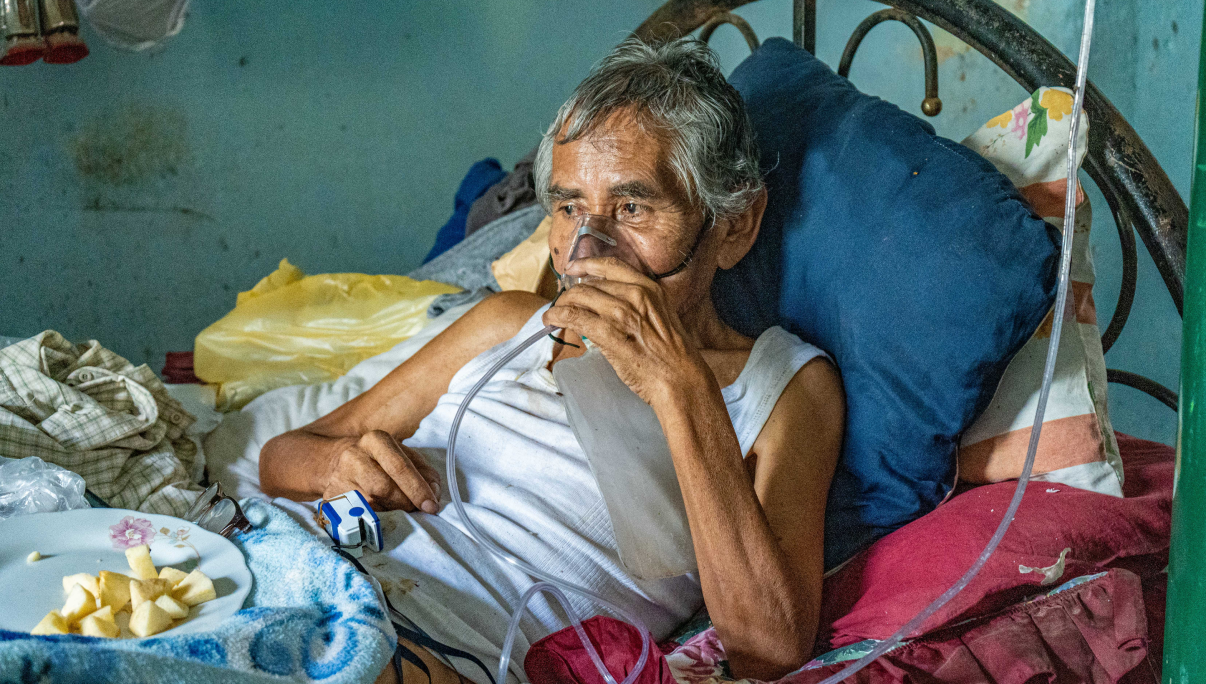Medical oxygen is a lifesaving medicine but, despite its importance, it is often unavailable where needed most.
Medical oxygen is a lifesaving medicine but, despite its importance, it is often unavailable where needed most.

> 50 %
Fewer than 50% of health facilities in low- and middle-income countries have uninterrupted access to medical oxygen
1 in 5
Only 1 in 5 children with pneumonia in critical need of medical oxygen will receive it
25 %
Access to medical oxygen could reduce child mortality by 25%, making it as cost-effective as vaccination programs
25 million
Medical oxygen has the potential to prevent 25 million deaths each year, if readily accessible
Many low- and middle-income countries lack best-in-class medical oxygen production sites, and limited resources can’t always cover the costs and personnel needed to maintain them, causing infrastructure to degrade. This can leave hospitals reliant on small, portable oxygen concentrators – which sometimes fall on a patient’s family to provide.
Identifying the need for oxygen therapy is critical for ensuring people – particularly young children – get the treatment they need, but screening tools are often unavailable. This means that, even if medical oxygen is available, children may not have access because the need was not identified. Additionally, delivering pure oxygen to a child can cause organ damage and specialized tools, including parts adapted to small children, are necessary to deliver life-saving treatment safely.
A lack of market competition in resource-limited countries has resulted in high prices and fragmented access to medical oxygen.

We are a global leader in building sustainable, reliable and affordable access to medical oxygen and oxygen equipment in low- and middle-income countries. These are just a few of the tools that we support.
Bubble continuous positive airway pressure (bCPAP) devices and oxygen blender systems offer a non-invasive way of ventilating newborns who are struggling to breathe.
A device used to measure the oxygen saturation in the blood and identify hypoxemia (low levels of oxygen in the blood).
Medical oxygen is a lifesaving medicine with no substitute. It is used to treat a broad spectrum of illnesses and conditions, including pneumonia, COVID-19, advanced HIV, severe tuberculosis, and malaria, and is vital for maternal and child health services, surgery and critical care.